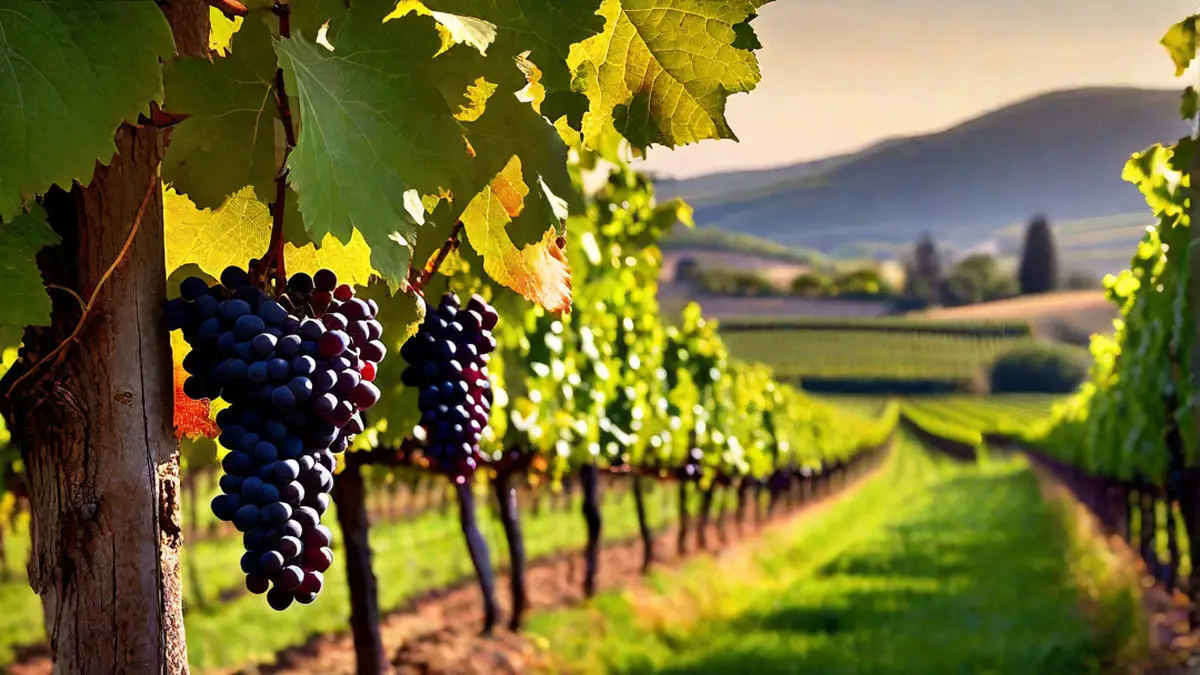Being a fan of wine, I have always been captivated by the art of making it. Although yeast holds a significant role in the fermentation process, I acknowledge that some people opt to create grape wine without it for different reasons, like dietary limitations or personal choices. Within this piece, I will lead you through the steps of crafting yeast-free grape wine, while also providing my own knowledge and advice.
Grapes Selection
First and foremost, it is important to select the right type of grapes for winemaking. Look for ripe and juicy grapes that are free from any mold or rot. You can choose from a variety of grape varieties such as Chardonnay, Merlot, or Cabernet Sauvignon, depending on your taste preferences.
Cleaning and Crushing
Before starting the winemaking process, ensure that all your equipment is thoroughly cleaned and sanitized. This step is crucial to prevent any unwanted bacteria from contaminating the wine. Once your equipment is ready, gently crush the grapes using a clean and sterilized container, such as a food-grade plastic bucket or a glass carboy.
Extraction of Grape Juice
To extract the grape juice, you can either use a grape press or simply use your hands to squeeze the juice out of the crushed grapes. This process is known as maceration, and it helps to release the natural sugars and flavors from the grapes.
Addition of Natural Yeast
While we are making wine without commercial yeast, we still need yeast to kickstart the fermentation process. Fortunately, grapes naturally contain wild yeast on their skins. By allowing the grape juice to come into contact with the skins for a period of time, the wild yeast present will initiate fermentation.
Fermentation and Aging
After adding the grape juice to a clean fermentation vessel, cover it with a clean cloth or an airlock to allow carbon dioxide to escape while preventing any unwanted bacteria or insects from entering. Place the vessel in a cool, dark location with a consistent temperature between 68-77°F (20-25°C) to promote fermentation.
During this fermentation process, the wild yeast will convert the natural sugars in the grape juice into alcohol, creating the desired alcoholic content in the wine. This fermentation period typically lasts between one to three weeks, depending on the desired flavor profile.
Once the fermentation is complete, you can choose to age your wine in a glass carboy or in oak barrels to enhance its flavor and complexity. Aging the wine for a few months to several years will allow it to develop unique characteristics, just like commercial wines.
Bottling and Enjoying
When you feel that your wine has reached its desired level of aging, it’s time to bottle it. Use clean and sterilized wine bottles, corks, and a corker to seal your homemade wine. Allow the wine to rest in the bottles for a few weeks to allow it to settle and further develop its flavors before enjoying.
As you savor your very own homemade grape wine without yeast, take pride in the fact that you have crafted a unique and personalized creation. Share it with friends and family, and don’t be afraid to experiment with different grape varieties and techniques to further refine your winemaking skills.
Conclusion
While yeast is a vital component of winemaking, it is possible to make grape wine without yeast by harnessing the power of natural fermentation. By following the steps outlined in this article and putting your personal touch into the process, you can create a wine that reflects your unique taste and style. So, go ahead and embrace the art of yeast-free winemaking and uncork a bottle of your own handcrafted creation!




